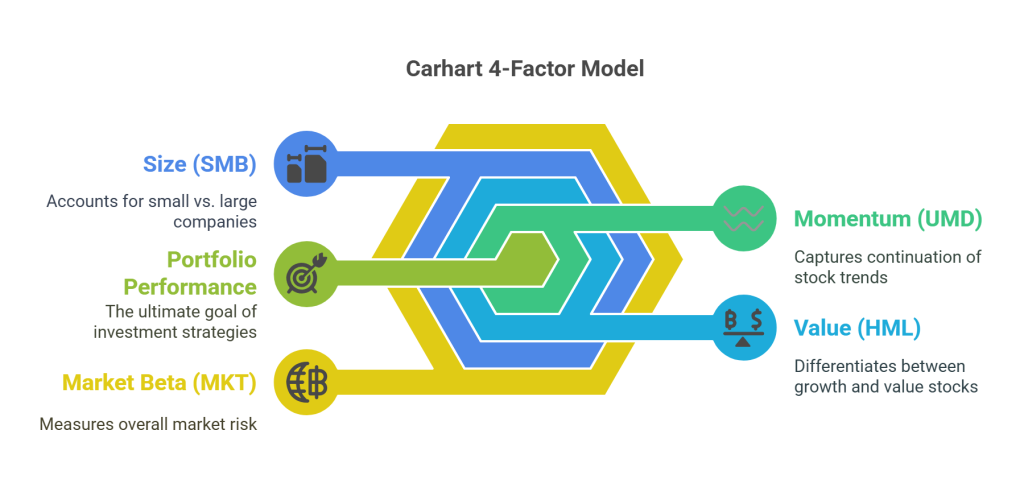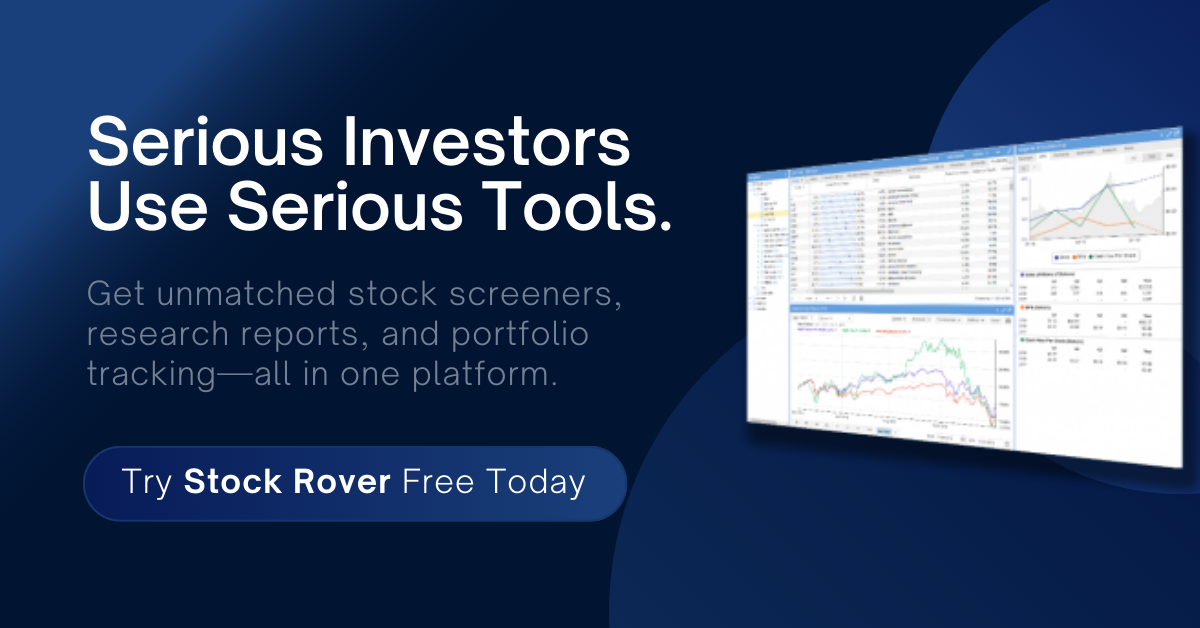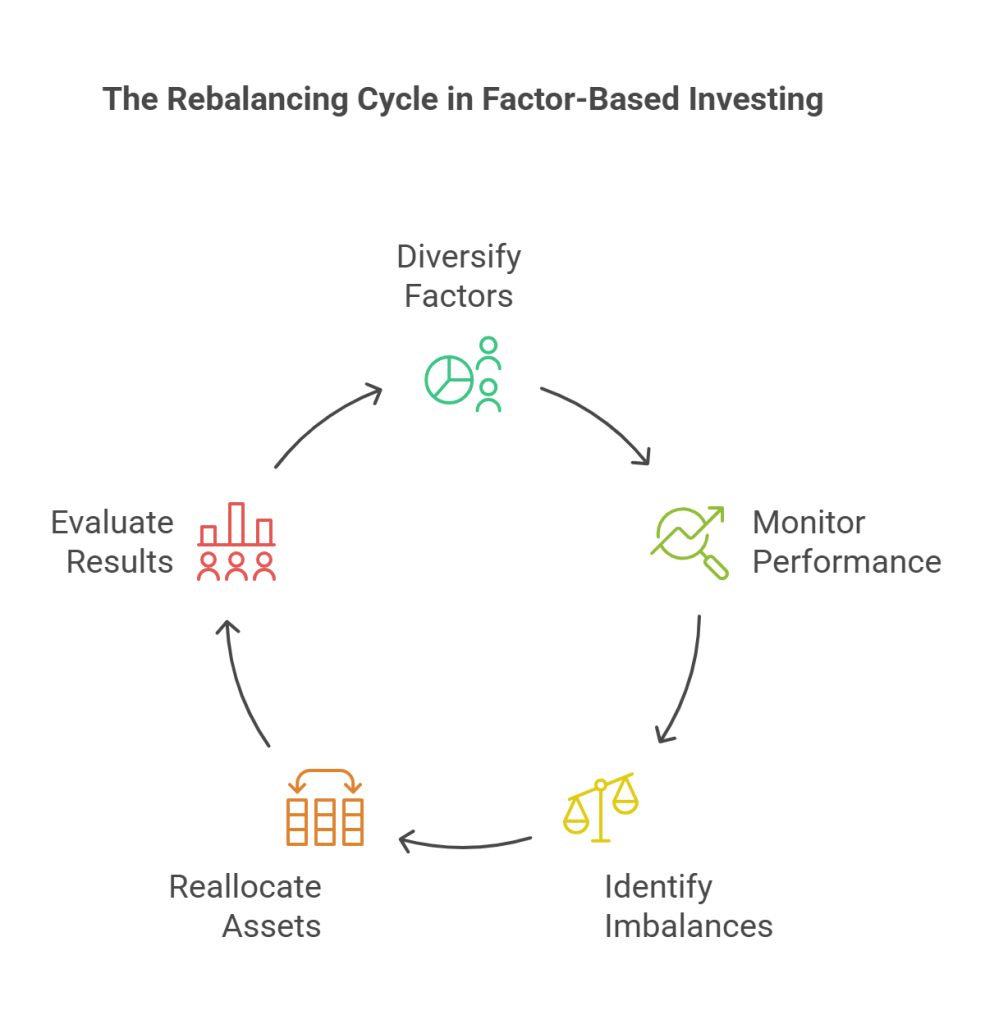
You might think of the Carhart 4 Factor Model as an academic tool best left to quants and finance professors. But if you’re building a portfolio with real money and expecting it to outperform, this model can be a powerful ally. It doesn’t replace your process—it sharpens it. Whether you lean into small-cap value like we do here at Astute Investor’s Calculus, or prefer broader exposure, this model tells you what’s really driving your results. And once you know that, you can double down on what’s working—or fix what’s not.
What Is the Carhart 4 Factor Model and Why Should You Care?
Originally introduced by Mark Carhart in his 1997 paper titled “On Persistence in Mutual Fund Performance”, the model built upon the Fama-French 3-Factor framework by adding a momentum factor (up-minus-down, or UMD) to account for the tendency of stocks with strong past performance to continue outperforming in the near term. You can find the original paper in the Journal of Finance, Vol. 52, No. 1 (Mar., 1997), pp. 57-82. The paper is also available online at https://doi.org/10.1111/j.1540-6261.1997.tb03808.x. This foundational study remains widely cited in both academic research and practical portfolio analysis.
You don’t need a Ph.D. to understand this. The Carhart model extends the Fama-French 3-Factor model by adding momentum, giving you four dimensions to evaluate any portfolio: market beta (MKT – Market), size (SMB – Small minus Big), value (HML – High minus Low), and momentum (UMD – Up minus Down). These four factors help explain the sources of portfolio returns in ways that traditional methods like Sharpe ratios or alpha alone cannot. Think of them as the DNA of your portfolio’s performance.
These factors may sound abstract, but they explain a large chunk of the returns you’re seeing—whether you realize it or not. Understanding them can help you avoid overconfidence, identify hidden risks, and make better decisions in position sizing and timing.
What the Model Reveals About Your Portfolio (That You Can’t See Otherwise)
The model helps you separate skill from exposure. For instance, if you’ve been outperforming lately, it’s worth asking whether you truly generated alpha or if your returns are largely explained by a large small-cap tilt or a lucky momentum wave. When you understand your factor exposures, you can also understand your volatility. A portfolio that feels like it’s swinging wildly might just be overexposed to one factor that’s in or out of favor.
Even more valuable is the insight into your blind spots. Many value investors unknowingly bet against momentum. If your portfolio consistently avoids stocks that have been performing well recently, you might be fighting a factor that’s working against you. That kind of friction eats away at performance slowly and silently.
Why Value Investors Shouldn’t Dismiss Momentum
This is where most of us go wrong. We love buying what’s cheap, but the data is clear: momentum works. In fact, when value and momentum align, your odds of success improve dramatically. Momentum is not the enemy of value; it can be its best friend. It acts as a timing mechanism, helping you avoid value traps and catch the upside more quickly.
Some of the most successful value investors quietly incorporate momentum filters into their process. It isn’t about chasing performance—it’s about confirming that the market is beginning to agree with your thesis. That alignment matters. When you screen for value but also pay attention to relative strength, you are simply reducing your risk of sitting on dead money.
How to Use Carhart Factors Without Becoming a Quant
You don’t need to run regressions or build complex models. Just start by asking simple questions. Are you investing in smaller companies? Are they statistically cheap? Are they showing signs of recent strength? And how does your portfolio behave relative to the market? You can get a surprising amount of insight just by tracking your holdings in tools like Stock Rover or Portfolio Visualizer.
Even if you only check your exposures quarterly, you can avoid dangerous concentrations and diversify more intelligently. It may also help you identify why one part of your portfolio is consistently dragging performance down while another is driving it up. Knowing what you own and why it’s working (or not) is essential.
Putting It into Practice at Astute Investor’s Calculus
In our Premium Portfolio, we lean heavily into small-cap value. But we are always mindful of unintended momentum exposure, and we avoid clustering around one sector just because the entire sector looks cheap. We also recalculate optimal allocations regularly using Kelly Criterion and our own expected return estimates. These calculations rely on volatility and correlations—concepts that map closely to the Carhart framework.
Inside the Founder’s Club, we offer a Dynamic Core Hedge portfolio that is implicitly built on Carhart 4-Factor principles. It includes a mix of small-cap value ETFs, momentum ETFs, and broad market exposure. We diversify further with treasuries and gold, creating a portfolio that balances return drivers while reducing downside risk. This portfolio is designed as an all-weather strategy, and the way we blend these factor exposures reflects our belief in their long-term effectiveness.
Conclusion: Ignore Carhart at Your Peril
You don’t need to become a factor investor to benefit from the Carhart model. You just need to be aware of what’s driving your returns. The model doesn’t dictate what to buy—it helps you understand what you already own. It helps you see what’s really going on beneath the surface of your portfolio.
If your goal is to compound wealth responsibly over time, every edge matters. The Carhart model offers one of the most reliable, data-driven ways to gain that edge. Ignore it, and you may never know whether your strategy is working for the reasons you think it is. Understand it, and you gain a powerful tool to manage risk, confirm conviction, and tilt the odds in your favor—year after year.

Shailesh Kumar, MBA is the founder of Astute Investor’s Calculus, where he shares high-conviction small-cap value ideas, stock reports, and investing strategies.
His work has been featured in the New York Times and profiled on Wikipedia. He previously ran Value Stock Guide, one of the earliest value investing platforms online.
Subscribe to the Inner Circle to access premium stock reports and strategy insights.
Featured in:







